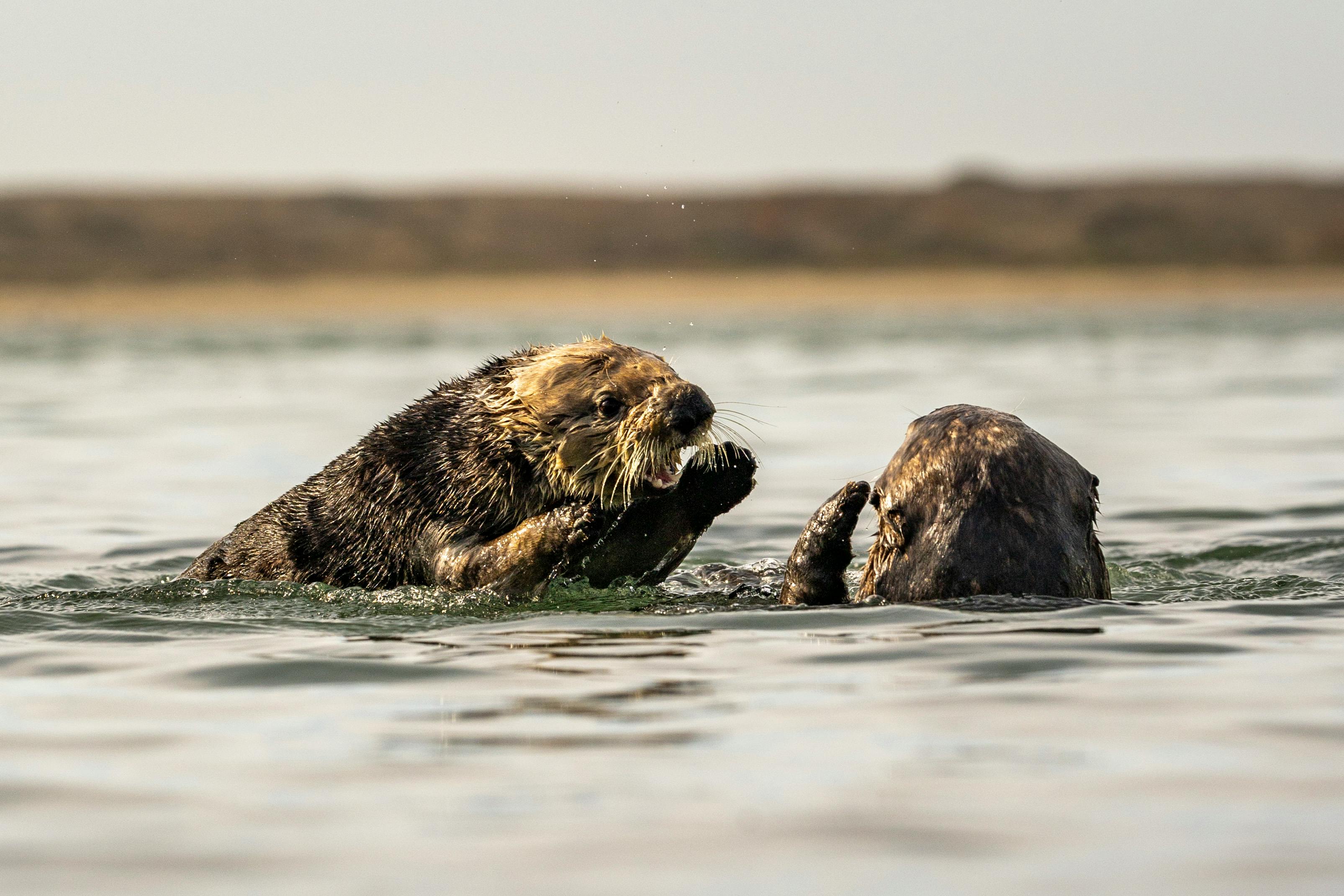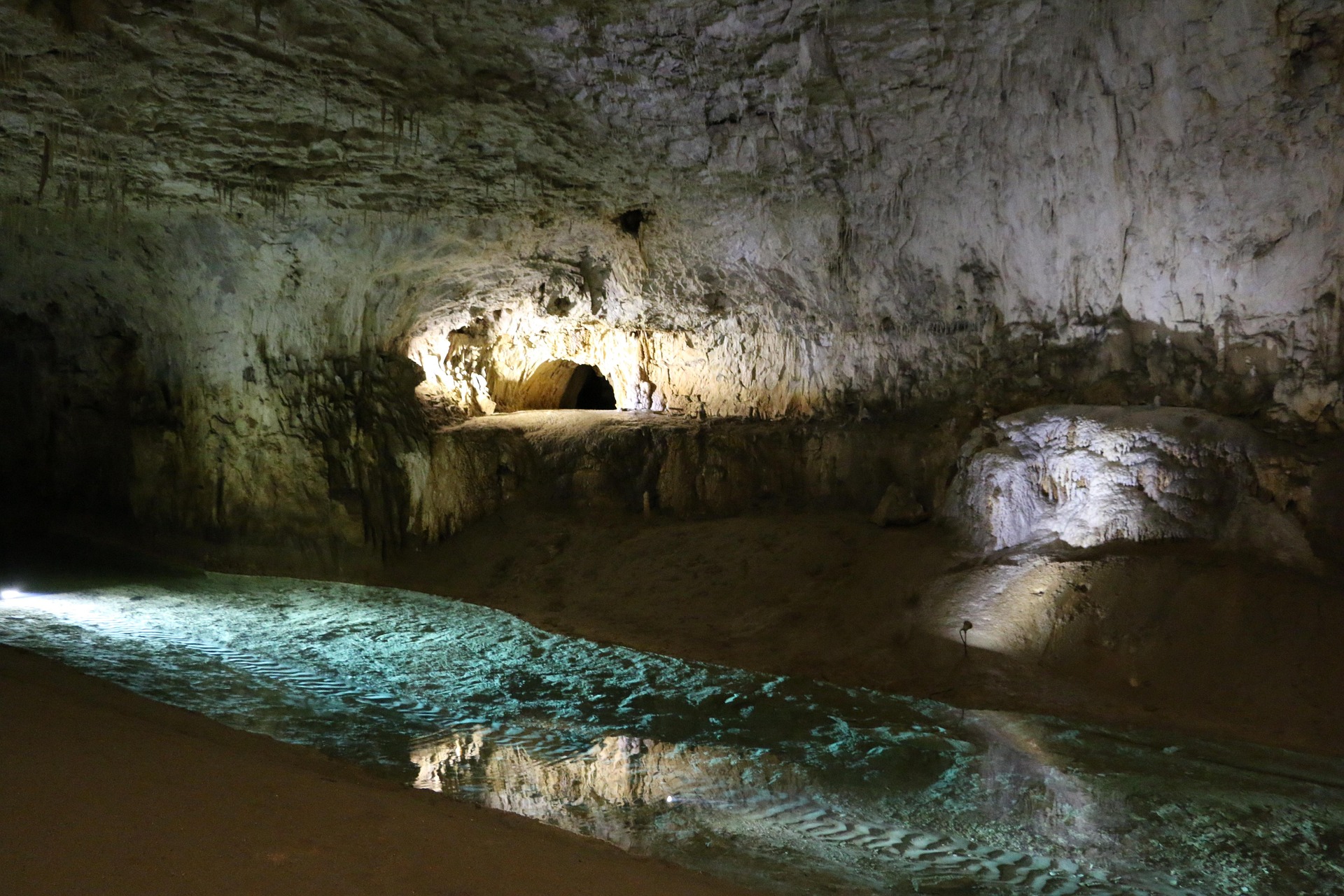Whiskers in the Wind: The Surprising Adaptations of Sea Otters
Sea otters, the charismatic marine mammals of the North Pacific, have long captivated the hearts of nature enthusiasts and researchers alike. These playful creatures are not only adorable but also possess a remarkable array of adaptations that allow them to thrive in their coastal habitats. From their dense fur to their tool-using abilities, sea otters have evolved unique characteristics that set them apart in the animal kingdom. This article delves into the fascinating world of sea otters, exploring their extraordinary adaptations and the crucial role they play in maintaining the health of coastal ecosystems.

Metabolic Marvels: Fueling a High-Energy Lifestyle
To maintain their body temperature in cold waters, sea otters have an exceptionally high metabolic rate. They consume approximately 25% of their body weight in food daily, which is equivalent to a 150-pound human eating 37 pounds of food each day. This high energy demand drives sea otters to be efficient and skilled hunters, spending a significant portion of their day foraging for food.
Tools of the Trade: Intelligent Foraging Techniques
Sea otters are one of the few non-primate species known to use tools. They often use rocks to crack open hard-shelled prey such as clams, mussels, and sea urchins. This behavior showcases their problem-solving abilities and adaptability. Interestingly, individual otters may develop preferences for specific tools, carrying their favorite rocks with them as they dive for food.
Kelp Forest Guardians: Ecological Importance
Sea otters play a crucial role in maintaining the health of kelp forest ecosystems. By consuming sea urchins, which feed on kelp, otters help control the urchin population. This, in turn, allows kelp forests to thrive, providing habitat for numerous other species. The presence of sea otters in an ecosystem can lead to a trophic cascade, positively impacting biodiversity and ecosystem stability.
Conservation Challenges and Comeback Stories
Despite their adaptability, sea otters face numerous threats, including habitat loss, oil spills, and historical hunting. In the early 20th century, sea otters were hunted to near extinction for their valuable fur. Conservation efforts have led to remarkable comebacks in some areas, but many populations remain vulnerable. Current conservation initiatives focus on habitat protection, oil spill prevention, and research into diseases affecting sea otter populations.
The Economics of Sea Otter Conservation
Efforts to protect and restore sea otter populations have significant economic implications. While the cost of conservation programs can be substantial, the economic benefits of healthy sea otter populations are increasingly recognized. Eco-tourism centered around sea otter watching has become a lucrative industry in some coastal areas, with tours ranging from $50 to $200 per person. Additionally, the positive impact of sea otters on kelp forest ecosystems contributes to the health of commercial fisheries, potentially offsetting conservation costs.
Future Prospects: Climate Change and Adaptation
As climate change continues to affect marine ecosystems, sea otters face new challenges. Rising ocean temperatures and changing prey distributions may impact their survival. However, their adaptability and intelligence may help them cope with these changes. Ongoing research focuses on understanding how sea otters might adapt to shifting environmental conditions and how conservation strategies can be adjusted to ensure their long-term survival.





